When designing a luxury garden, nothing elevates the space quite like the careful selection of trees that offer striking color contrasts. Whether it's the bold statement of vibrant foliage, the unique texture of bark, or the seasonal burst of blossoms, trees play a pivotal role in creating dynamic visual interest. In Australia’s climate, choosing trees that not only thrive but also enhance the aesthetic appeal of your garden is essential. For those who appreciate subtle luxury and value efficient decision-making, this guide will help you select trees with contrasting characteristics that offer year-round beauty.
Why Contrast Matters in Garden Design
Color contrast in the landscape is more than just an artistic choice—it's an essential design principle that creates depth, balance, and visual intrigue. When contrasting elements are thoughtfully incorporated into the garden, the space feels more dynamic and inviting. For high-end gardens, contrast can also emphasize the uniqueness of individual specimens, drawing attention to each tree's texture, color, and form.
Here, we’ll explore a few tree species perfect for color contrast through their foliage, bark, and blossoms, ensuring that your garden remains visually captivating throughout the year.
Prunus serrulata (Kwanzan Cherry)
If you’re searching for a tree that brings an explosion of spring color, Prunus serrulata 'Kwanzan Cherry' is a perfect choice. This stunning ornamental cherry tree is renowned for its double-pink blossoms that light up the landscape in spring.
- Foliage: The serrated leaves are a deep bronze when they first emerge, transforming into a glossy green in summer before turning fiery shades of yellow, orange, and red in autumn. The seasonal change in foliage color provides continuous visual interest.
- Flowers: The flowers are a standout feature of this tree, with large clusters of double blossoms in vivid pink. When in full bloom, the tree becomes a focal point, especially when contrasted against evergreens or trees with lighter-colored bark.
- Bark: The bark of the Kwanzan Cherry is smooth and reddish-brown, offering an appealing texture, especially when paired with trees that have lighter or rougher bark.
With a height of up to 12 meters, Prunus serrulata fits beautifully in expansive gardens, providing a striking contrast with trees that have softer, lighter foliage or a more subdued appearance.
Betula pendula 'Moss White' (Silver Birch)
The Betula pendula 'Moss White' is another fantastic option for creating contrast in your landscape, particularly due to its distinct white bark. This European species is both elegant and graceful, offering a cool, refined aesthetic that pairs well with more vibrant tree choices.
- Foliage: The small, triangular leaves are a fresh, delicate green in spring and summer, transitioning to a bright golden yellow in autumn. This changing foliage creates a soft contrast with trees that maintain darker, evergreen foliage year-round.
- Bark: The pale, papery bark of the Silver Birch is one of its most striking features, peeling away in thin strips to reveal hints of pink and brown underneath. Its white bark remains bright throughout the year, providing a stark contrast to darker trees and adding textural variety.
- Shape: The tree’s graceful, slender form creates a vertical contrast in gardens, making it ideal for areas where height and delicacy are needed.
At around 15-20 meters in height, Betula pendula 'Moss White' is excellent for both modern and traditional landscapes, where its pale bark can serve as a luminous contrast to darker trees like pines or oaks.
Acer palmatum (Japanese Maple)
For those seeking refined elegance combined with dramatic foliage, Acer palmatum (Japanese Maple) is a must-have in any luxury garden. Known for its deeply lobed leaves and rich color changes, this tree is an ideal companion for creating contrast with both foliage and form.
- Foliage: The delicate, feathery leaves of the Japanese Maple come in a variety of colors, from vibrant greens to deep purples and reds, depending on the cultivar. In autumn, the foliage turns brilliant shades of crimson and gold, making it a striking counterpart to more muted trees.
- Bark: While the bark is smooth and relatively unremarkable, it complements the tree’s overall elegance. Some varieties, like Acer palmatum 'Sango-kaku', even have coral-colored bark that adds to the tree’s winter interest.
- Growth Habit: This tree's spreading, layered branches provide an architectural element to the garden. Its graceful, almost sculptural form contrasts beautifully with upright trees, especially when paired with species that have stronger, more rigid shapes.
Reaching up to 6 meters in height, the Acer palmatum is perfect for creating focal points or softening the transition between larger, more imposing trees.
Combining Contrast with Practicality
While visual appeal is paramount, it’s important to consider the practicality of your tree choices, especially in Australia's varied climates. Here are a few tips to ensure your color-contrasting trees thrive:
- Climate Compatibility: Ensure the tree species you choose are well-suited to your local climate and soil conditions. For example, Prunus serrulata thrives in temperate regions, while Betula pendula prefers cooler climates.
- is relatively versatile but prefers sheltered locations to avoid scorching from intense sunlight.
- Positioning: Plant trees with contrasting characteristics at focal points in the garden, such as near entrances, along pathways, or as the centerpiece of an open lawn. This maximizes their visual impact.
- Layering: Pair trees with complementary ground cover, shrubs, and perennials to enhance the contrast further. For instance, the white bark of the Silver Birch looks stunning against a backdrop of darker shrubs like Lomandra longifolia.
- Seasonal Interest: Consider trees that offer multi-season interest to ensure your garden remains dynamic throughout the year. The flowering spectacle of Prunus serrulata in spring, the golden leaves of Betula pendula in autumn, and the year-round architectural beauty of Acer palmatum ensure your garden remains vibrant across the seasons.
FAQs
Q: How can I maintain the health of my contrasting trees in the Australian climate?
A: Proper watering, mulching, and fertilizing according to the tree species’ needs will ensure they thrive. Selecting native or well-adapted species also minimizes maintenance.
Q: Can I use contrasting trees in a small garden?
A: Yes! Choose smaller varieties like dwarf Acer palmatum and smaller cultivars of Prunus serrulata to achieve contrast without overwhelming the space.
Q: What trees can I pair with Silver Birch for color contrast?
A: Consider dark-leaved trees like Acer platanoides 'Crimson King' or the rich green of Magnolia grandiflora 'Little Gem' to highlight the birch’s white bark.
Conclusion
When selecting trees for color contrast, focus on pairing species with differing foliage, bark, and flowering colors to create a visually dynamic garden. Prunus serrulata, Betula pendula 'Moss White', and Acer palmatum offer stunning seasonal displays, making them perfect for high-end landscapes where beauty, texture, and color are paramount. Thoughtfully chosen contrasts will transform your outdoor space into a breathtaking visual experience year-round.














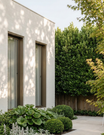



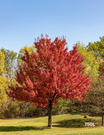

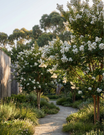



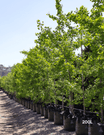















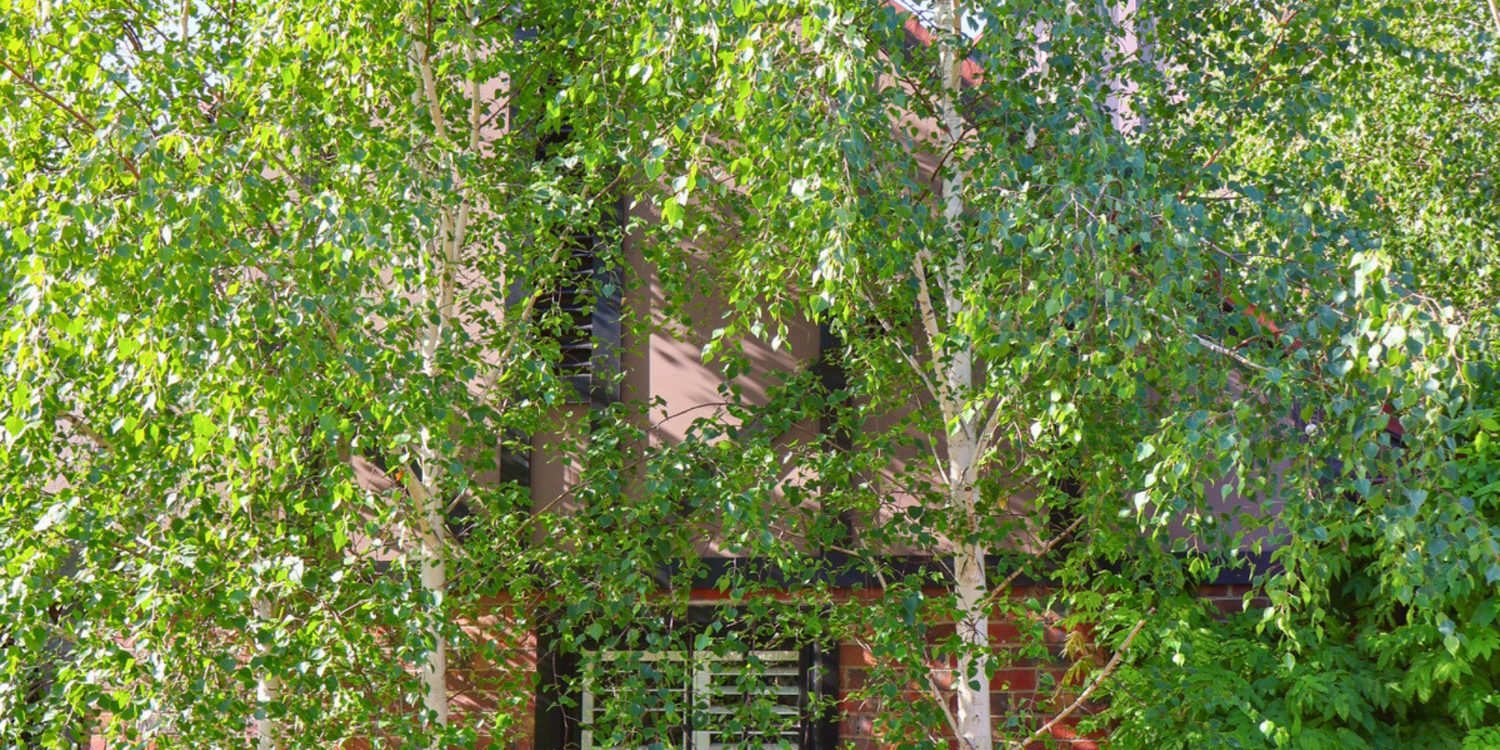





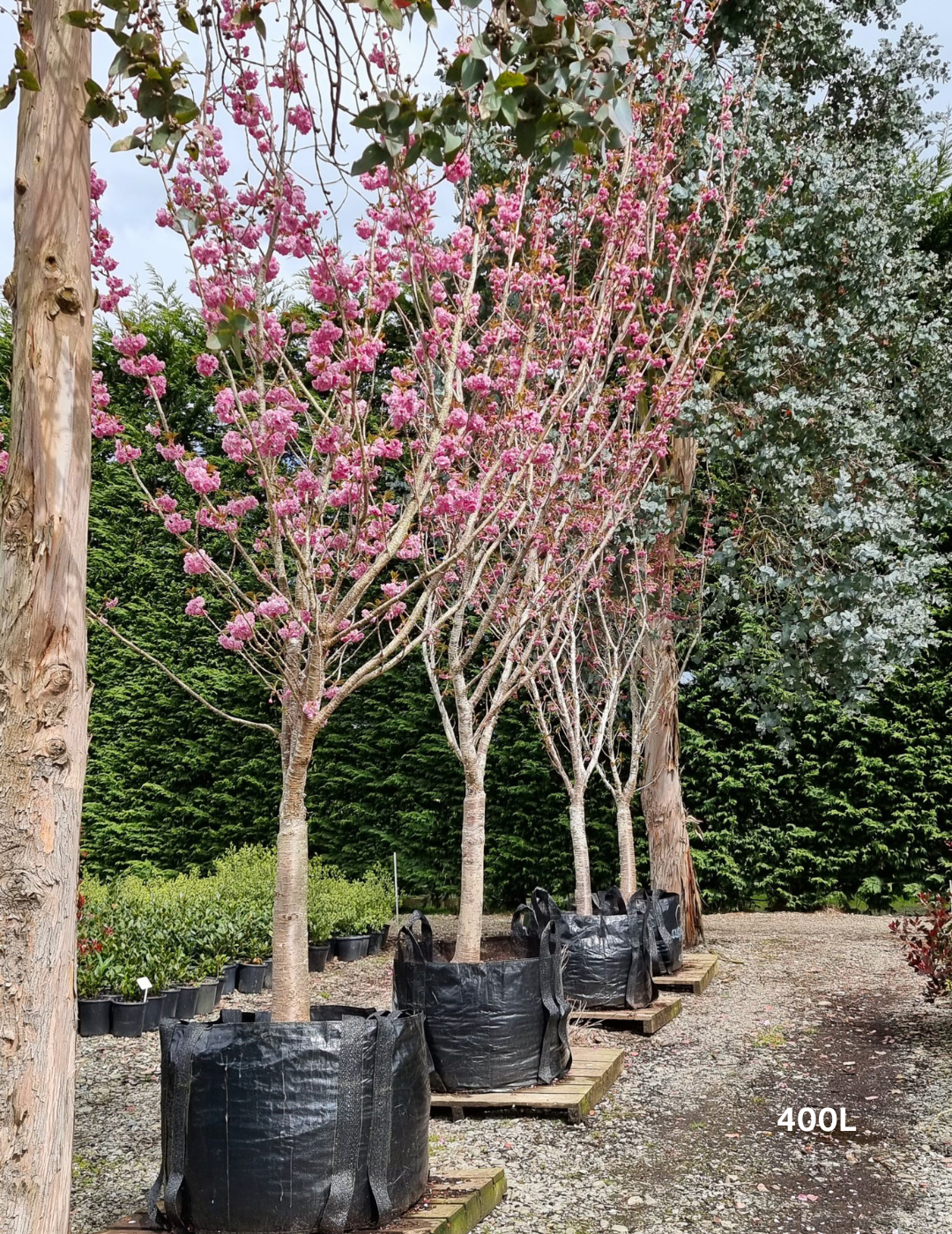











Leave a comment
This site is protected by hCaptcha and the hCaptcha Privacy Policy and Terms of Service apply.